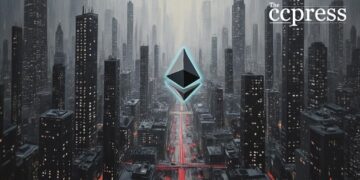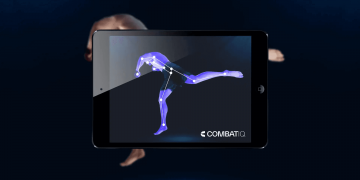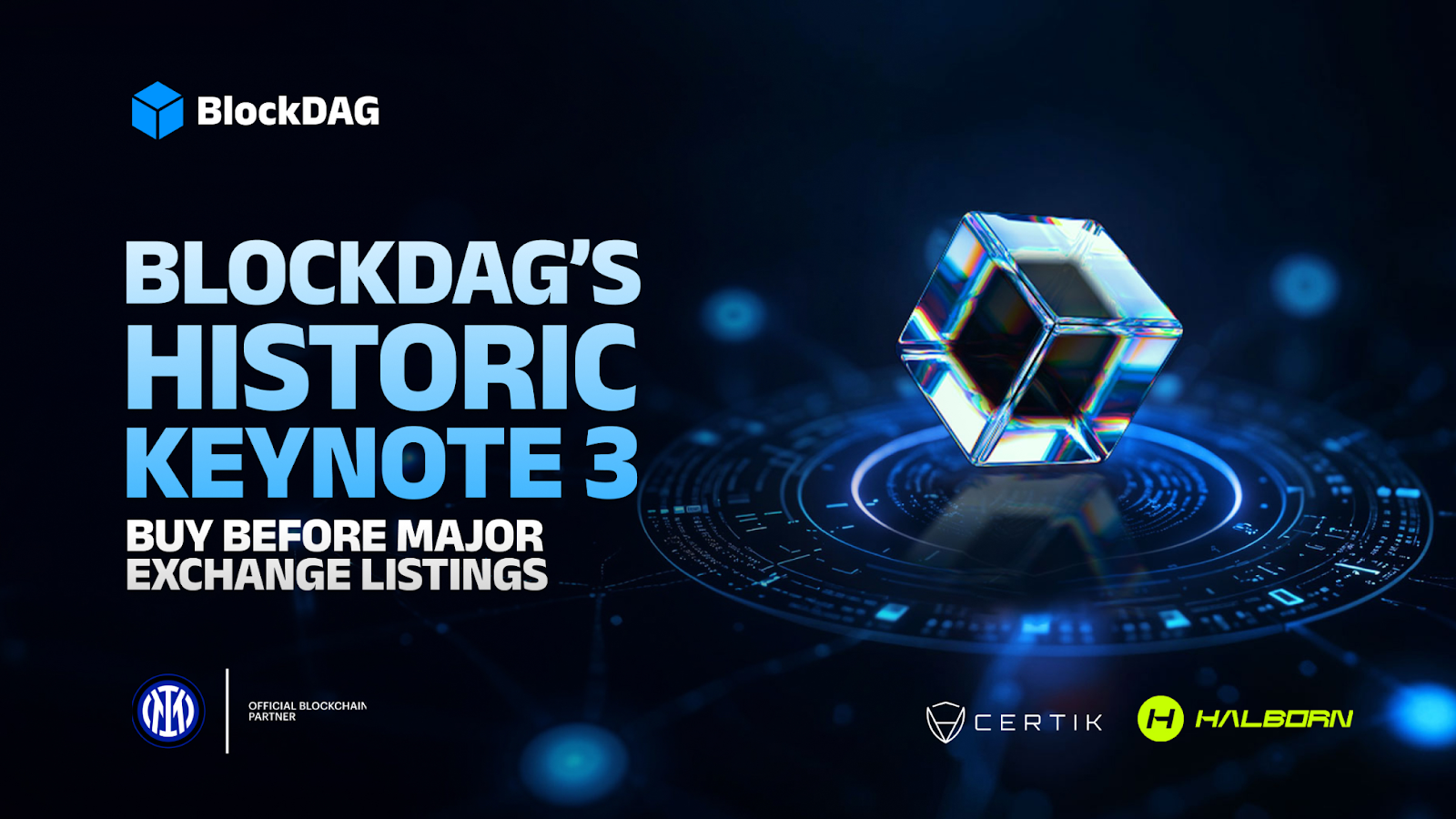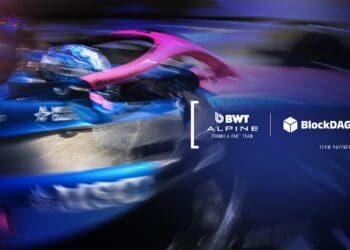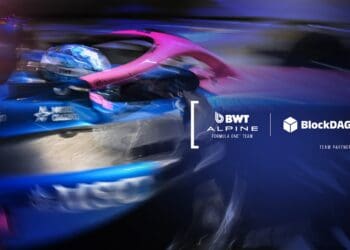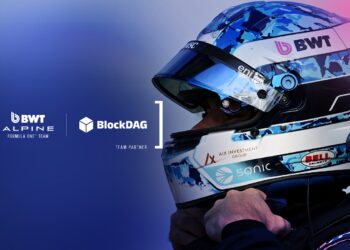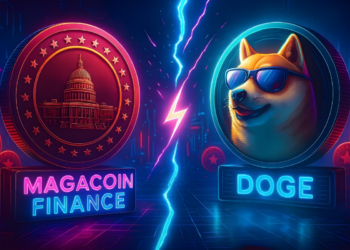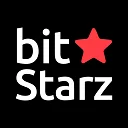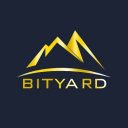BlockDAG’s Keynote 3 Highlights Why Bitcoin and Ethereum Lag Behind— $208M Presale Adds an Edge to Its Success!
Not every blockchain project offers the same solution for scalability and miner longevity. Bitcoin reduces miner rewards in half every four years, which often leads to network instability and miner exits. Ethereum, meanwhile, is still dealing with high gas fees and limited network scalability.
BlockDAG (BDAG) takes a different path through a continuous halving method, easing reward reductions without sudden drops. This geometric reward decrease helps miners stay profitable and supports long-term system strength. BlockDAG addresses the setbacks seen in Bitcoin and Ethereum, presenting a more practical model for upcoming blockchain networks.
Bitcoin: The First Digital Currency
Bitcoin was introduced in 2009 by the anonymous Satoshi Nakamoto and marked the start of decentralized digital money. In 2010, 10,000 BTC were used to buy two pizzas—its first real transaction. From then on, Bitcoin’s rise has been intense and full of price swings.
By November 2013, BTC hit $1,000. In December 2017, it nearly reached $20,000, and in 2021, it topped $60,000. As of March 26, 2025, its price sits around $87,847.17—a jaw-dropping gain of over 2,928,000% from its early days.
Those who held onto Bitcoin in its early stages have seen huge gains. It continues to lead the crypto market, often seen as a digital store of value and protection against inflation.
Ethereum: Building a Network for Smart Contracts and dApps
In 2013, Vitalik Buterin came up with Ethereum, and by July 30, 2015, it was live. Unlike Bitcoin, Ethereum introduced programmable contracts and tools to build decentralized apps (dApps).
During its 2014 ICO, Ether (ETH) sold at just $0.31, raising over $16 million. This attracted developers who created DeFi platforms and NFTs. In 2016, ETH traded under $10 but jumped to $1,000 by early 2018.
By March 26, 2025, Ethereum has climbed to about $2,068.60—up over 667,000% since the ICO. The platform remains essential to DeFi, supporting continued tech progress in blockchain applications.
BlockDAG’s Continuous Halving Model Fixes Bitcoin’s Mining Challenge
Bitcoin’s reward halving cuts earnings by 50% every four years. These sudden shifts hurt miner profits and often drive smaller players out, raising centralization risks and weakening security.
Rather than following this harsh cycle, BlockDAG introduces a steady halving system that lowers rewards slowly over time using a geometric formula. This allows miners to stay active and profitable without facing revenue shocks.
The real-world proof of this system shows in BlockDAG’s ongoing crypto presale. The project has secured $208 million in funds and is now in batch 27, pricing at $0.0248. From batch 1 to now, the ROI has climbed 2,380%, and over 18.9 billion coins have been distributed.
Unlike Bitcoin’s model that disrupts operations, BlockDAG’s approach helps miners stay motivated long-term. Its structure supports a strong network by preventing miner exits and keeping the system decentralized.
With Bitcoin struggling to retain miners post-halving, BlockDAG’s model shows a more stable direction. It solves problems that have persisted across crypto systems, aiming to reshape how networks reward and secure miner activity.
Long Story Short!
As blockchain networks grow, the flaws in older methods—like Bitcoin’s steep halving and Ethereum’s traffic congestion—stand out more. Where Bitcoin risks losing participants and Ethereum slows down due to gas spikes, BlockDAG steps in with a solution.
Gradual reward reductions keep the system balanced and dependable. Paired with its focus on scalability and secure architecture, BlockDAG appears ready to meet real user needs. It offers a fresh take for those seeking a functional blockchain model.
Website: https://blockdag.network
Presale: https://purchase.blockdag.network
Telegram: https://t.me/blockDAGnetworkOfficial
Discord: https://discord.gg/Q7BxghMVyu
| Disclaimer: The text above is an advertorial article that is not part of theccpress.com editorial content. |









